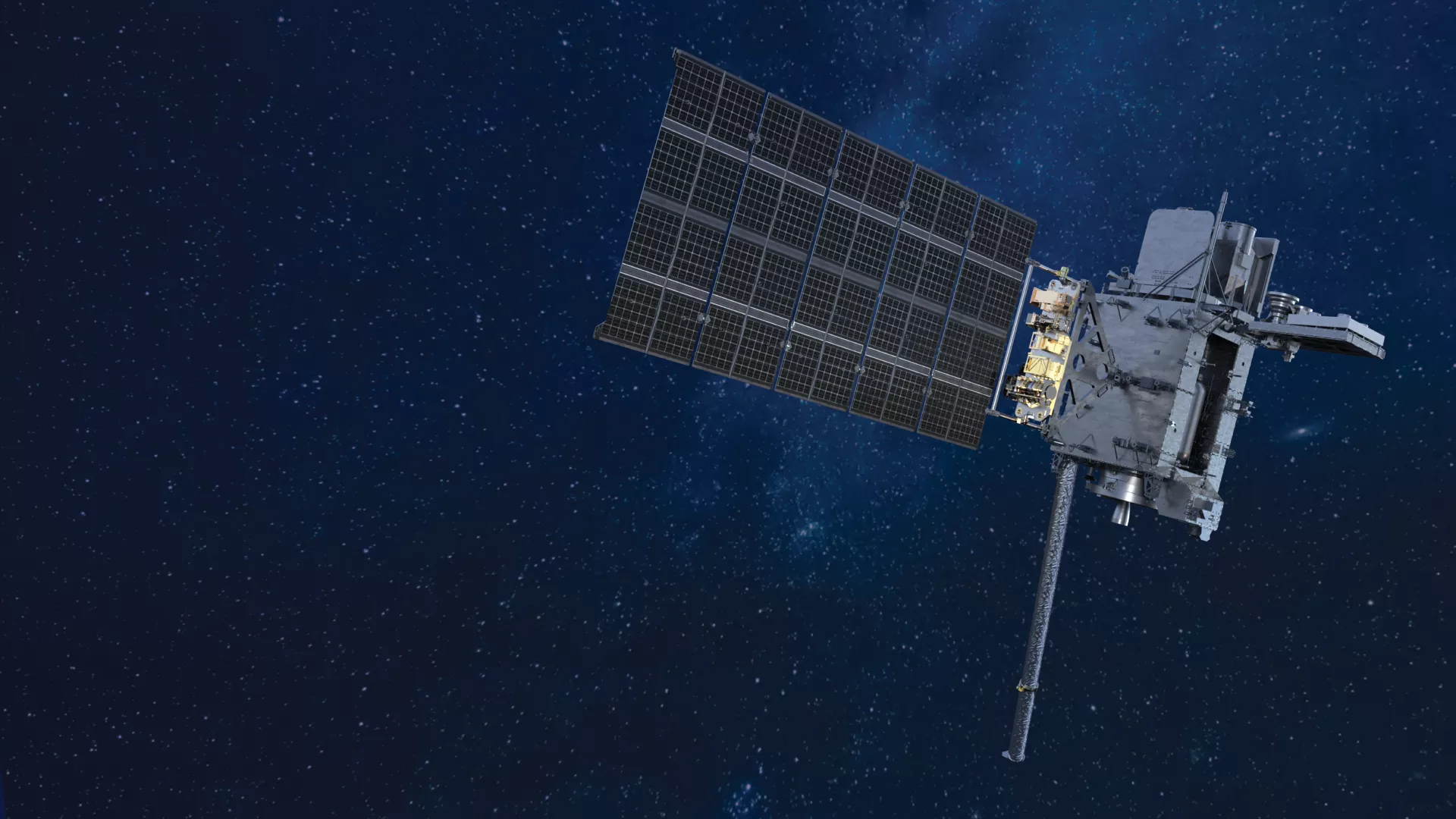NASA, SpaceX target June 25 for launch of NOAA's GOES-U weather satellite

NASA and SpaceX have delayed the launch of the fourth and final satellite in NOAA's Geostationary Operational Environmental Satellites (GOES) - R Series, GOES-U. The mission is now scheduled to launch on Tuesday, June 25, on a SpaceX Falcon Heavy rocket from Launch Complex 39A at the agency's Kennedy Space Center in Florida.
"The new launch date allowed time for teams to fully repair and test the Falcon Heavy core booster after a liquid oxygen leak was identified during routine new booster testing in February," the agency said on Tuesday.
NOAA's GOES-R Series provides advanced imagery and atmospheric measurements, real-time mapping of lightning activity, and space weather observations.
Exciting news from @NASA & @SpaceX! The launch of #GOESU, the final satellite in @NOAA's GOES-R Series, is now set for June 25. After addressing a liquid oxygen leak during booster testing, teams are back on track for this critical mission.🚀https://t.co/lkK2681yH5 pic.twitter.com/R3S9Ohl4um
— NOAA Satellites (@NOAASatellites) March 26, 2024
Once in geostationary orbit, GOES-U will be renamed GOES-19. The satellite hosts a suite of instruments that improve the detection of approaching space weather hazards, including the Solar Ultraviolet Imager (SUVI) and Extreme Ultraviolet and X-ray Irradiance Sensors (EXIS) that provide imaging of the sun and detection of solar flares. The Compact Coronagraph-1 (CCOR-1) images the solar corona to detect and characterize coronal mass ejections (CMEs). The Space Environment In-Situ Suite (SEISS) and Magnetometer monitor energetic particles and the magnetic field variations that are associated with space weather.
NOAA's GOES-U weather satellite will provide critical atmospheric, hydrologic, oceanic, climatic, solar and space data for advanced detection and monitoring of environmental phenomena that threaten the security and well-being of everyone in the Western Hemisphere.
- READ MORE ON:
- GOES-U weather satellite
- SpaceX GOES-U satellite launch
- NASA
- NOAA










